Home › Q&A
Using Extended Guitar Chords in a Progression
Question by Mark
(Philippines)
I'm currently learning to play extended chords (9ths, 11ths, 13th chords) and added tone chords (add6, add9).
How do I use extended and added tone chords in a progression so that it fits exactly and sounds pleasant to the ears?
I also want to learn more about jazz, hope you'll answer my questions. Thank you and more power fretjam.com :)
A More Practical Way to Learn Chord Extensions
Great question. So great, in fact, it's prompted a particularly in depth answer! Take your time with this as there's weeks, if not months worth of learning on this page... if you're ready to explore this musical avenue.A lot of sites will provide charts that show you how the intervals of each chord in a key stack up. That's fine, but there's a far more practical way to visualize the natural extensions of each chord in a key that will also give you the "scaffolding" to build the appropriate chords and blocks of harmony on the fretboard.
Call it "killing two birds with one stone" (a rather dark metaphor, but gets the point across!)...
First, make sure you're confident with assigning a number to each chord in a key. For this example, we're using C major as our key...

Now take a listen to this chord progression, which uses natural extensions for each chord. I'll then show you where I got these extended chord forms...

Click to hear
If at any time you feel lost, refer to my extended chord theory lesson for a primer.
Diatonic Chord Extensions
Rather than me show you individual chord charts, I'm going to instead show you patterns that contain all the natural chord voicings (triads, 7ths, extended and added) for each chord in a key.By using these patterns, you'll be able to see how blocks of harmony exist within a scale (C major in this case). This way of visualizing harmony will become invaluable when you start to explore concepts such as voice leading (more on that another time!).
You'll also notice I've included the related mode names for each chord pattern. Ignore these if you're not sure about modes yet, but if you do know about modes, it will help tie together your knowledge of modes and their related chords.
Take your time with this and explore these patterns using the examples I give you.
I (Ionian): 1 - 2(9) - 3 - 4(11) - 5 - 6(13) - 7
Triad: 1 3 5 (major)
7th: 1 3 5 7 (major 7th)
Key extensions: 9, 13
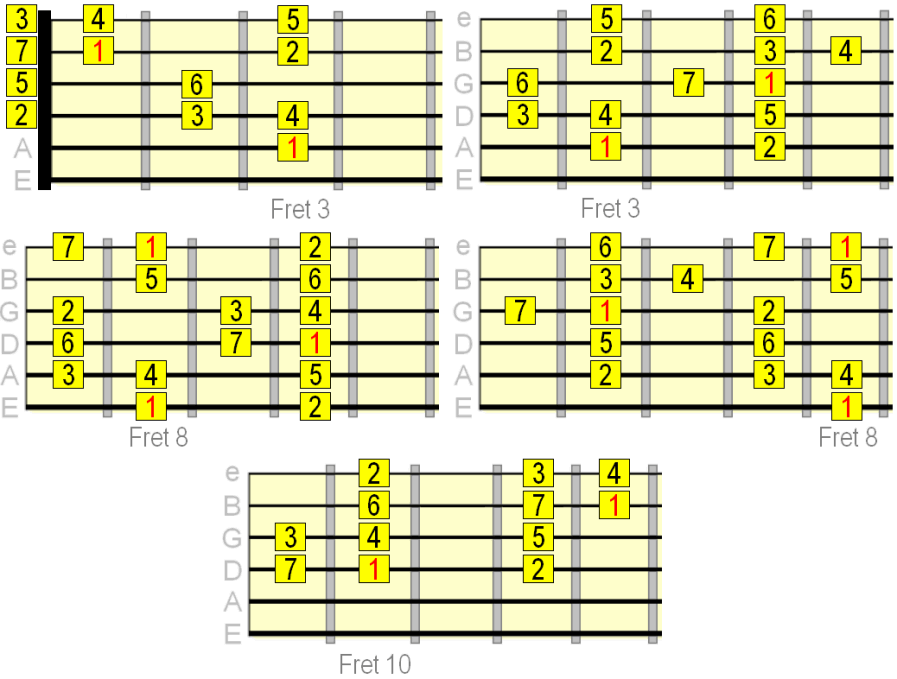
So from our I chord patterns, we can build chords such as added 6th (e.g. Cadd6/Cadd13 - 1 3 5 6/13), added 9th (Cadd9 - 1 3 5 9), major 9th (Cmaj9 - 1 3 5 7 9) and major 13th (Cmaj13 - 1 3 5 7 9 13).
Note that it's fine (and more economical) to leave out the 5th and even the root (when the bass has it covered) to help you finger the most important tones of an extended chord. So for a maj13 chord, for example, we'd only need 3 7 9 and 13 to create the voicing. That kind of upper structure comping is especially useful in jazz.
Some examples to get you started...

ii (Dorian): 1 - 2(9) - b3 - 4(11) - 5 - 6(13) - b7
Triad: 1 b3 5 (minor)
7th: 1 b3 5 b7 (minor 7th)
Key extensions: 9, 11, 13
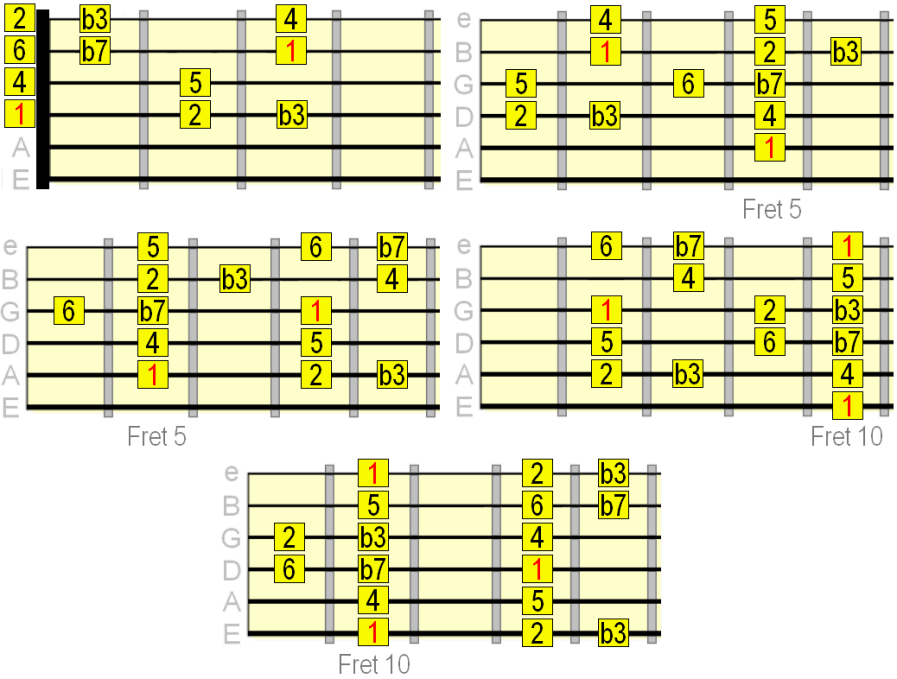
From our ii chord patterns we can build chords such as minor 6th (e.g. Dm6 - 1 b3 5 6) minor 9th (Dm9 - 1 b3 5 b7 9), minor added 9th (Dmadd9 - 1 b3 5 9), minor 11th (Dm11 - 1 b3 5 b7 11) and minor 13th (Dm13 - 1 b3 5 b7 9 13)

iii (Phrygian): 1 - b2(b9) - b3 - 4(11) - 5 - b6(b13) - b7
Triad: 1 b3 5 (minor)
7th: 1 b3 5 b7 (minor 7th)
Key extensions: 11, b13
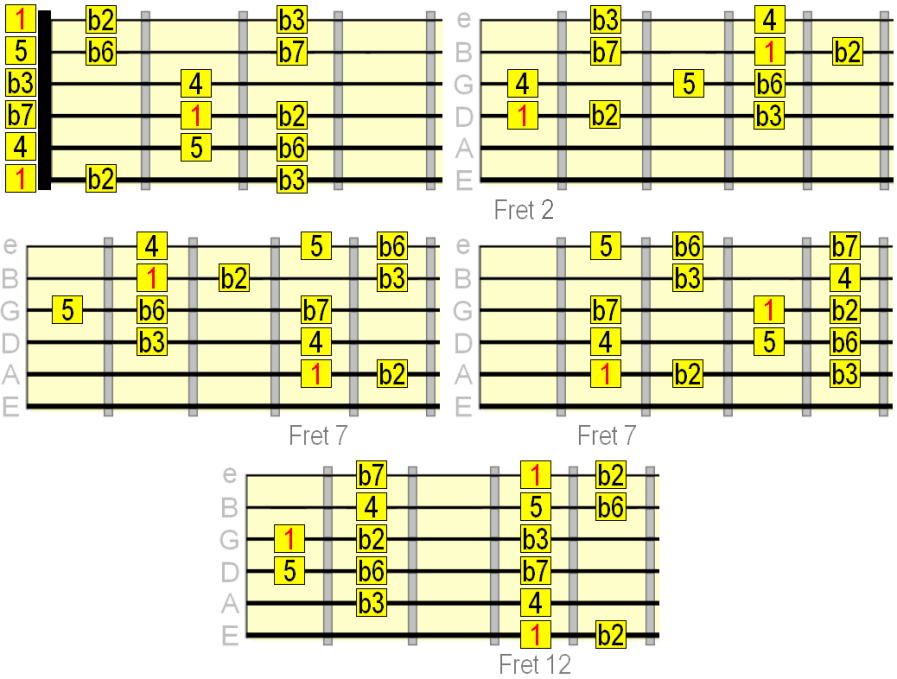
While the b9 and b13 are part of the iii chord's natural harmony, the b9 is a very dissonant tone against minor chords. In jazz you'll often hear the b13 used above a minor 7th (e.g. Em7b13 - 1 b3 b7 b13). The most common extension to the iii chord, however, is to add the 11th, giving us a minor 11th chord (m11 - 1 b3 5 b7 11 - omit the 5th).
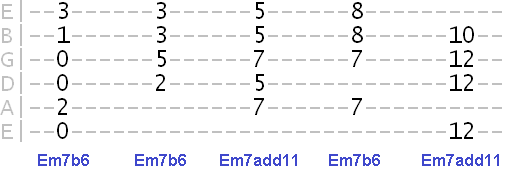
IV (Lydian): 1 - 2(9) - 3 - #4(#11) - 5 - 6(13) - 7
Triad: 1 3 5 (major)
7th: 1 3 5 7 (major 7th)
Key extensions: 9, #11, 13
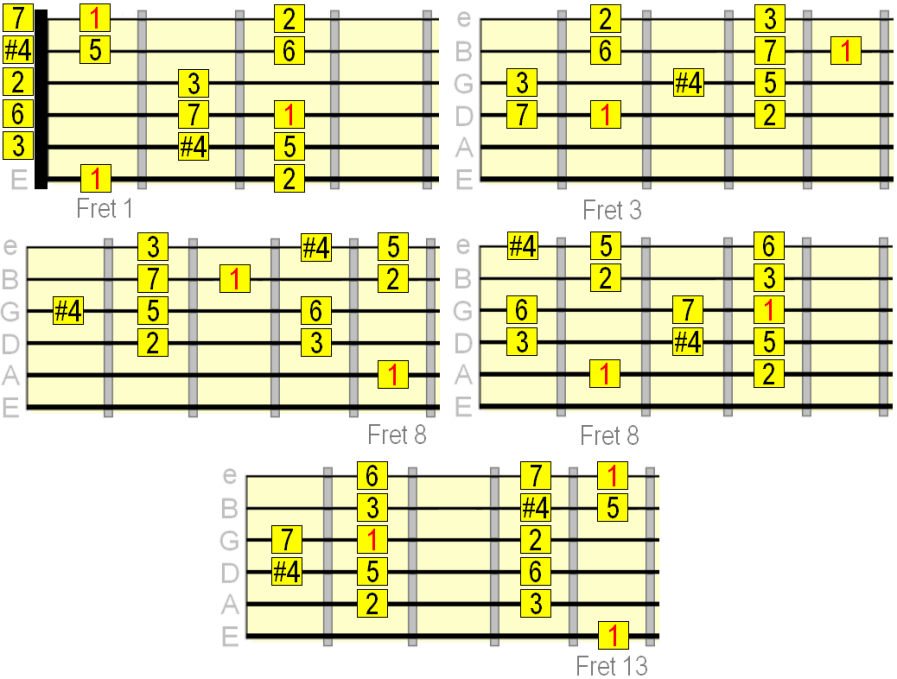
From lydian harmony we can build chords such as maj7#11 (e.g. Fmaj7#11 - 1 3 5 7 #11) often called the "lydian chord" in jazz. But other natural extensions of the IV chord are shared with Ionian, such as major 9th (Fmaj9 - 1 3 5 7 9), added 6th (Fadd6 - 1 3 5 6) and added 9th (Fadd9 - 1 3 5 9).
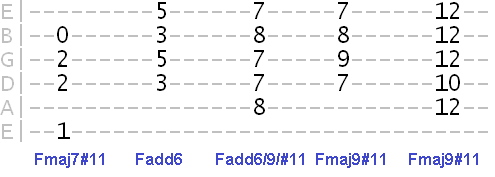
V (Mixolydian): 1 - 2(9) - 3 - 4(11) - 5 - 6(13) - b7
Triad: 1 3 5 (major)
7th: 1 3 5 b7 (dominant 7th)
Key extensions: 9, 11, 13
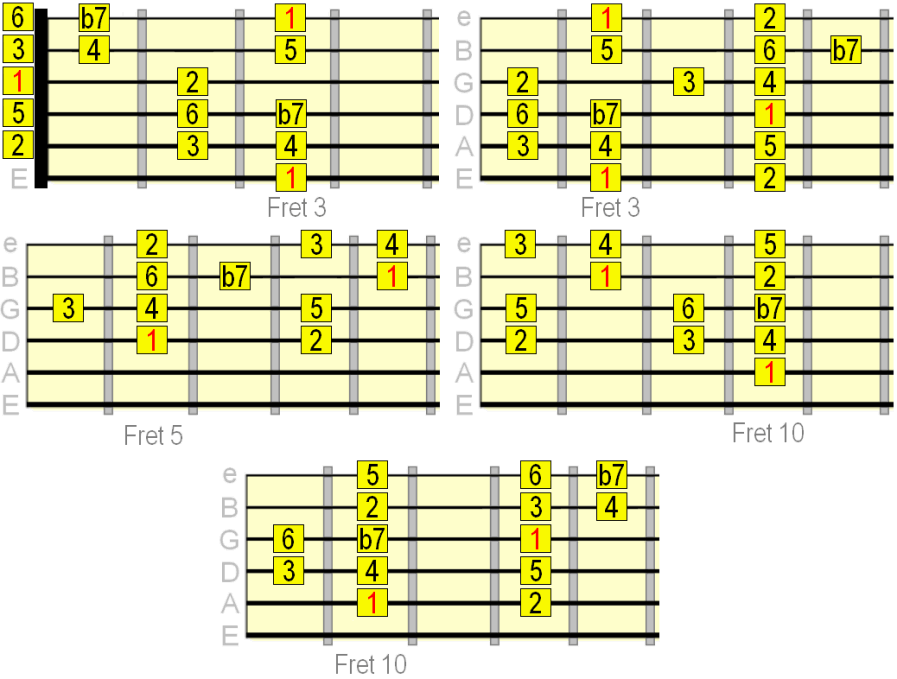
The natural dominant scale. So above the 7th we can build chords such as dominant 9th (e.g. G9 - 1 3 5 b7 9), dominant 13th (G13 - 1 3 5 b7 9 13 - again we can omit the root and 5th for these larger stacks). We can also make use of the 11th in the form of a dominant 11th chord, where the 3rd and 5th are typically omitted (G11 - 1 b7 9 11).
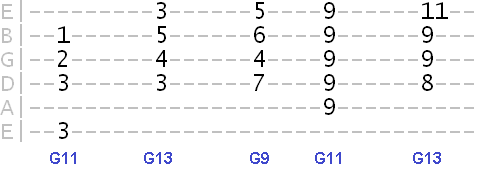
vi (Aeolian): 1 - 2(9) - b3 - 4(11) - 5 - b6(b13) - b7
Triad: 1 b3 5 (minor)
7th: 1 b3 5 b7 (minor 7th)
Key extensions: 9, 11
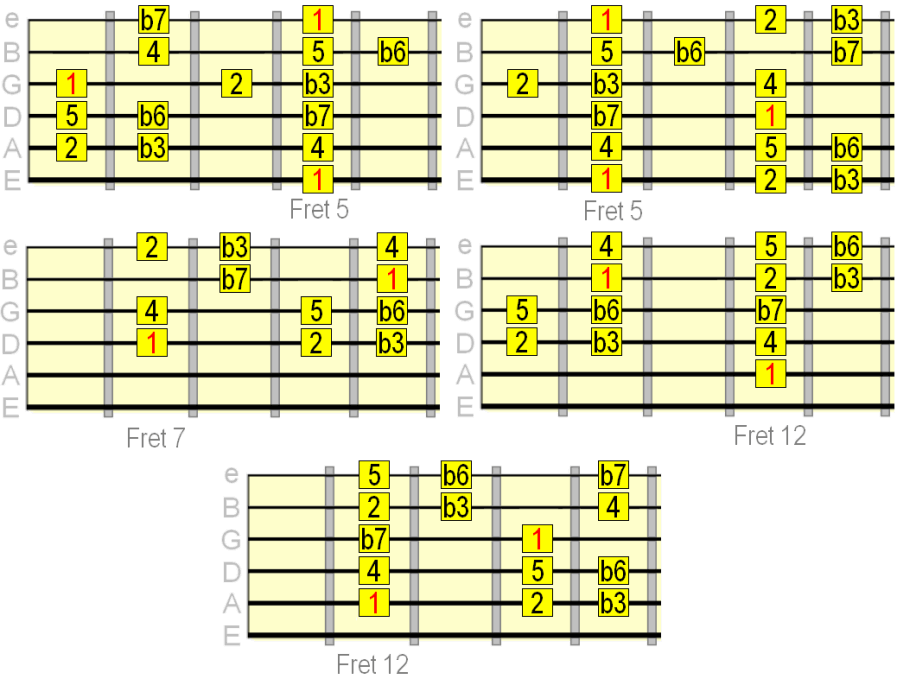
The vi chord (also the tonic for natural minor keys) can be naturally extended to chords such as minor 9th (e.g. Am9 - 1 b3 5 b7 9), minor added 9th (Amadd9 - 1 3 5 9) and minor 11th (Am11 - 1 b3 5 b7 11). The b13 is a natural extension, but dissonant - it wants to resolve to the 5th.

We'll leave out the vii chord (Locrian) for now because its function is rather ambiguous and therefore not used often.
Making a Progression Out of Extended Chords
The beauty of starting out with this diatonic scale is that you can pick out chords from the scale almost at random, with their natural extensions, and it will all fit together harmoniously. A great way to get your feet wet with jazz comping.Here's the example from earlier again...

Click to hear
Every single note in those chords is part of the C major scale. This is what we call diatonic harmony, because everything is contained within a single parent scale (C major in this case). Try playing C major or C major pentatonic over that progression and you'll instantly hear the connection - in fact, it'll be hard to hit a "wrong" note.
For natural (diatonic) minor keys, your tonic is the vi (6) chord of that same above scale - all the same extensions apply to the related chord positions 1-7, but instead of resolving our progression to I, we're resolving it to vi.
Moving Outside of Diatonic Chord Extensions
Now, in jazz (and other styles), it's common to stray outside of diatonic harmony, meaning we can use extensions that wouldn't be considered "natural" for that chord.For example, instead of the ii chord as Dm11, we might instead use D13.
Cmaj9 / Am9 / D13 ...
Essentially, we're "borrowing" Mixolydian harmony for that modified II chord.
So once you're confident with building chord extensions from these patterns, try using them in different positions. Another example would be to use Lydian extensions (e.g. #11) in the I (tonic) position. Dmaj9 would become Dmaj9#11.
Experiment, first with the chords in their natural positions and then try them in different positions.
You're not limited to the major scale for building harmony. You can also use scales such as melodic and harmonic minor, which have their own modes and harmonic possibilities.
For example, the dominant #11 (e.g. G7#11) chord is built from lydian dominant harmony - the 4th mode of melodic minor. It's often used as an alternative to Mixolydian in the V position.
Plenty to work on (though it should be fun and hugely rewarding!). Any questions, use the comments link below. Cheers.
Share Your Comments
|
||
|
||
|
||
|
||
|
||
|
||
|
||
|
||
|
||